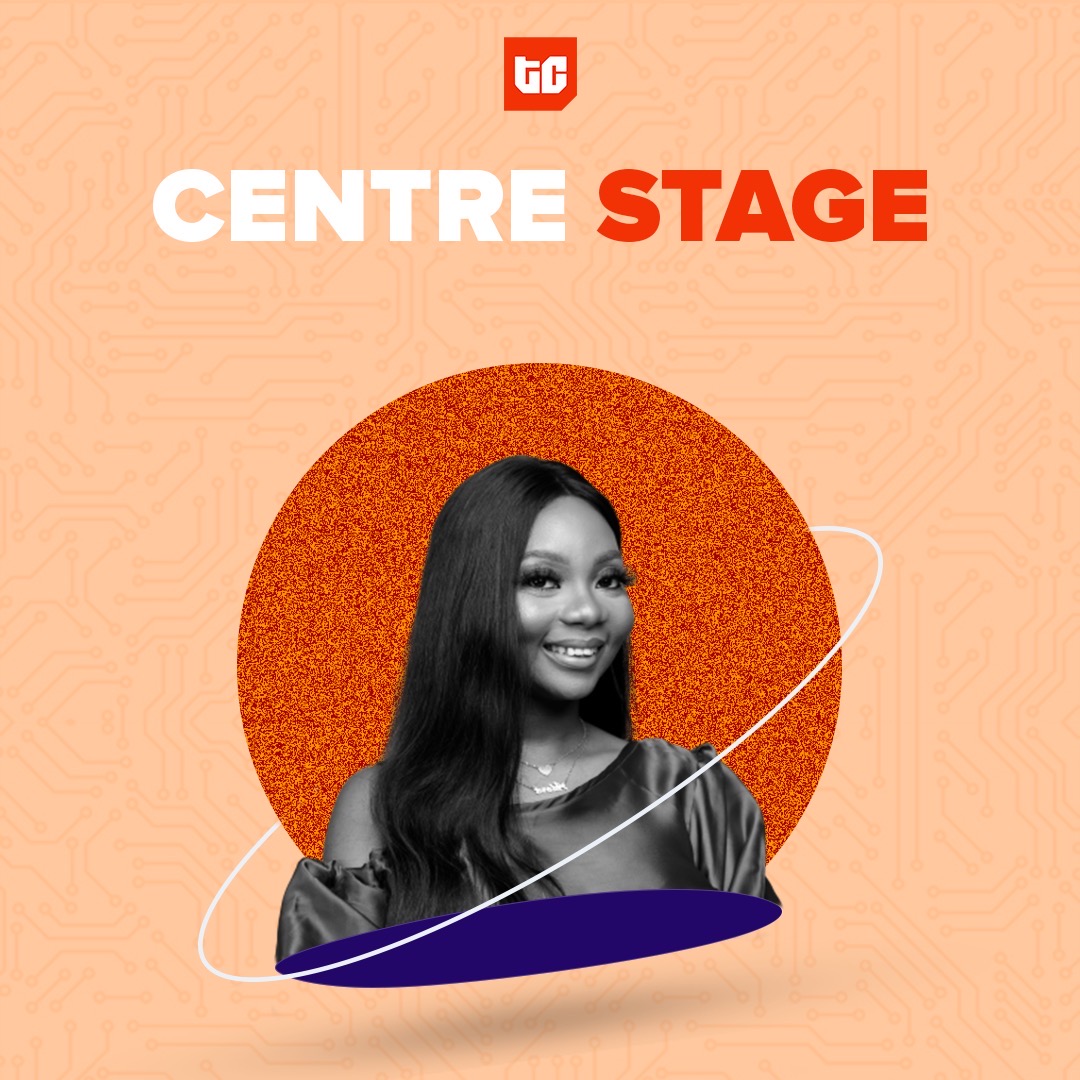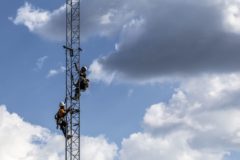What does staying safe in the midst of a global digital revolution look like?
Today marks the 19th edition of Safer Internet Day, and this year’s theme—a repeat of last year’s—is “together for a better internet”. As more people discover the power of the internet and its multifaceted abilities, internet-driven platforms need to be more willing to build safety measures into their products. Since the internet emerged in the 1970s, it has morphed into something bigger than amusing Google searches, laughable passwords, and finstagram accounts.
Like most avid Twitter users, I have had a few of my tweets end up on the wrong side of bird avenue. Before Twitter introduced the option to limit who replies to your tweets—particularly tweets that garner a lot of attention (likes, retweets, etc)—curtailing abusive or mean-spirited responses was an impossible feat.
But, like most social media platforms that are popular amongst young digital natives—most of whom are bullish about protecting their mental health and pushing kindness online—Twitter is invested in protecting its users and keeping internet bullying or contentious behaviour at bay.
To mark today’s celebration of safer global internet usage, Twitter launched an emoji (which you can activate by tweeting #SaferInternetDay) to encourage people to join the conversation on the importance of internet safety. According to Statisa, Twitter reportedly recorded 206 million active users in Q2, 2021. In recent times, Twitter users have opened up about experiencing one form of internet abuse or the other. The platform has, over the past several years, marked Safer Internet Day by rolling out various initiatives such as dedicated emojis, blog posts, events, and more.
“We’re excited to join safety partners from all over the world to mark #SaferInternetDay2022 and to play our part in creating a safer internet for all. We want Africans on Twitter to have safe, inclusive, and authentic conversations, and we’re working to give people more control over their experience on the service. We have made meaningful progress in our efforts to promote healthy conversations and to surface authoritative information on Twitter, and we remain committed to working with our partners across industry, government and civil society to help build a safer internet for all Africans.“
Emmanuel Lubanzadio, Head of Public Policy, Government & Philanthropy for Sub-Saharan Africa, Twitter
This year, Twitter’s Africa team has some useful tips to encourage Twitter safety, to promote #goodvibes on social media. Interested in learning more about protecting your social headspace? Read Twitter’s handy guide below:
Whether you’re a football fan or an afrobeats stan, a pop culture addict or a news buff, you come to Twitter to be a part of the conversation. Sometimes, those conversations get heated. To mark Safer Internet Day, we’ve pulled together a guide to Twitter’s safety tools so you can feel safer when participating in the conversation, manage your digital footprint, and control your experience on the platform.
Protect yourself with these safety features from Twitter
- Block: Get rid of negativity—you can restrict specific accounts from contacting you, seeing your Tweets, and following you. Learn more about Block here.
- Mute: Don’t want to see it? Minimise unwanted noise by removing an account’s Tweets from your timeline without unfollowing or blocking it. You can also mute particular words, conversations, phrases, usernames, emojis, or hashtags. Learn more here.
- Remove Followers: Curate your own follower list. Without directly Blocking someone, you can tap through to your list of Followers and actively remove that person from following you.
- Sensitive Media: NSFW? Twitter’s default setting is to place potentially sensitive material behind a warning. You can check this or opt into viewing this media by adjusting your settings.
Control your conversations and DMs
- Hide Replies: Sometimes replies can get a little out of control. You choose who gets visibility in your conversations. If you believe a reply is off-topic or spammy and detracts from the conversation, you can click on the reply and hide it. Replies are not deleted but placed behind an extra click. Learn more here.
- Conversation Controls: Not everyone has to be in every conversation, and you can control who can reply to your Tweet at any time. This feature can help you proactively manage a conversation without having to use Block and can prevent spam. Check out our guide to conversation settings here.
- My DMs: You choose who can slide into your DMs. DM settings allow you to filter out unwanted messages and limit messages from people you don’t follow. More info here.
Manage your digital footprint and keep yourself and your data safe
- 2FA: Keep your account safe. Add an extra layer of security for your account that allows you to add a further security check in addition to your password. You can learn how to set it up here.
- Protecting your Tweets: The whole world doesn’t have to know your thoughts. Keep things private by choosing to make your Tweets visible only to your followers. You’ll receive a request whenever someone wants to follow you. Find out how here.
- Discoverability: Keep IRL friends and internet friends separate. When someone new joins Twitter, your account may be suggested for them to follow if they, and Twitter, have access to your email and/or phone number. If you don’t want to be suggested to new accounts based on this data, you can disable your discoverability. Get all the details here.
Twitter is dedicated to promoting healthy and inclusive social conversations on its platform. Some new features Twitter is testing out include Safety mode, which aims to reduce disruptive interactions, and prompts that encourage users to pause and reconsider a potentially harmful reply.





















